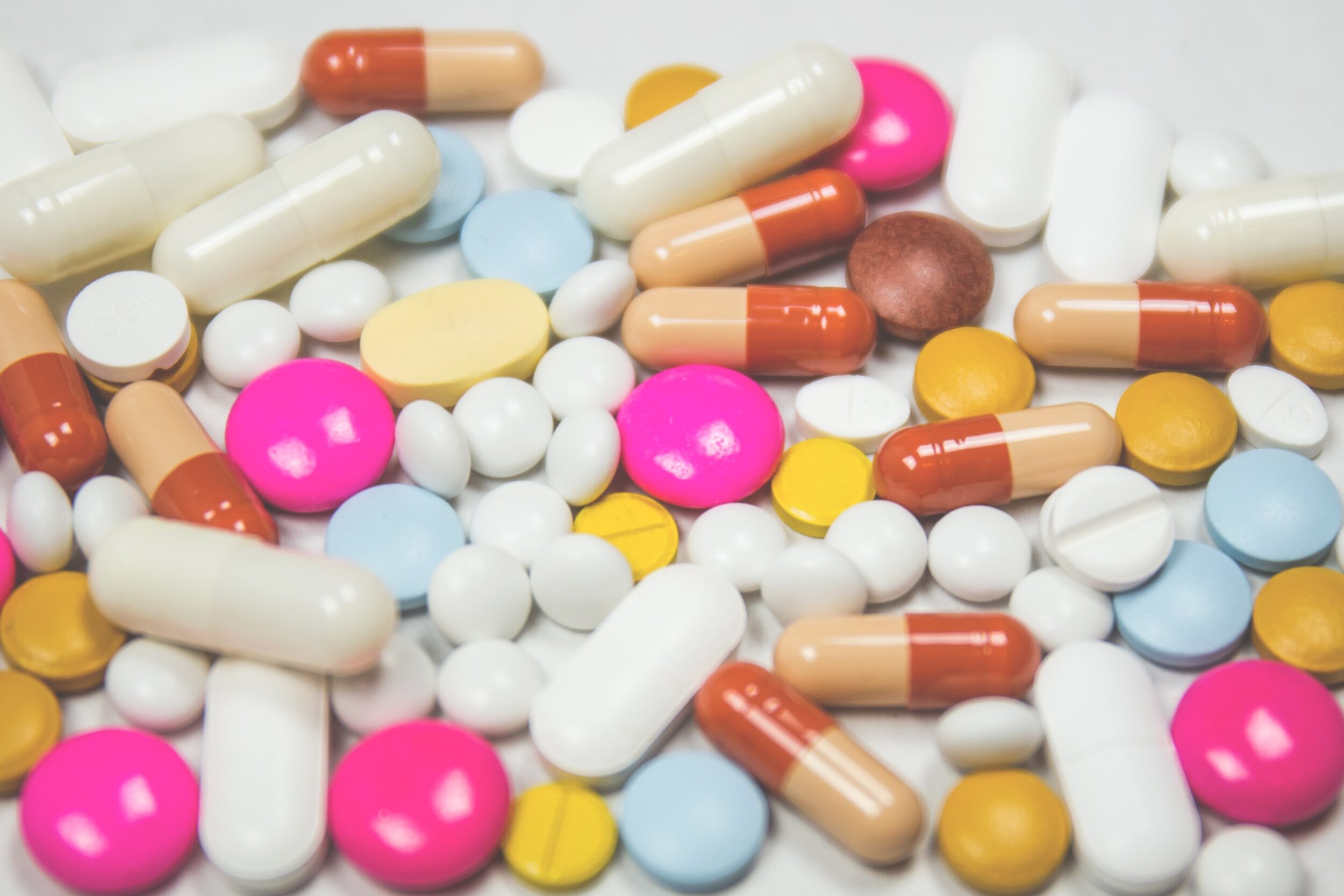To speak of gynecological violence is to evoke a pharmaceutical system that enforces gender injunctions. Through questionable marketing strategies, this industry maintains a logic of representing women as objects of male desire.
Most health care scandals involve women
The pharmaceutical industry has been the subject of several health care scandals in recent years. Distilbène, Agréal, Levothyrox, Mediator, Androcur… In Bad treatment, because women are treated badly, Delphine Bauer and Ariane Puccini underlined the fact that these 80% of the drugs withdrawn from the market after the scandals about their side effects were prescribed to the majority of women. This is the case, for example, of Androcur, a hormonal treatment suspected of causing brain tumors. The latter was prescribed to 80% of women. This is also the case with Levothyrox, which has caused many deaths. According to the DGS (General Directorate of Health) it has been prescribed to 85% of women, while the Mediator, which is supposed to help lose weight, has been sold, according to the CNAMTS (National Workers’ Health Insurance Fund). ), to 72% of patients, while it caused heart problems and would have caused between 1300 and 1800 deaths in France.
Drugs for the women involved
More specifically for women’s drugs, many health scandals have rocked the pharmaceutical industry: Distilbène, 3 pillAnd generation, Thalidomide… For example, Distilbène, which was prescribed to almost 200,000 French women to prevent the risk of miscarriage, had proved dangerous on exposed girls in the uterus then on 3And generation. A victim explains that he experienced a real obstacle course “hormones “: “My teenage dysmenorrhea, the first hysterogram showing a uterus typical of DES (distilbene) exposure, ovarian cysts, operations, endometriosis (…), 2 miscarriages, 2 difficult pregnancies. »
Women are the first to be exposed to health scandals. Delphine Bauer and Ariane Puccini thus noted thisI am “disproportionately more exposed to dangerous substances ». Then ” Of the 105 drugs described as “to be avoided” by Prescribing, 35 appear among those reimbursed by health insurance”. And, among these, an overwhelming majority is more prescribed to women: 30 precisely against 5 especially to men ” and “the prescribing rate for patients is 60% for two-thirds of the drugs listed “.
The pharmaceutical industry targets women to reinforce a sexist representation of their bodies
More broadly, this industry uses marketing that specifically targets women. The Sexist Nugget Instagram account spotted a “pink tax” on a variant of pink NSAIDs (nonsteroidal anti-inflammatory drugs) for painful periods and sold 49 cents more when they contained the same thing as the original. Furthermore, the pharmaceutical industry targets menopause to make it pathological, proposing hormone replacement treatments, or sells female viagra containing significant side effects to compensate for a low libido.
This marketing focused on a pathological libido helps to give a codified idea of sexuality, where a series of intercourse would be “suitable” to satisfy the male partner.. About this marketing, Martin Winckler explains in The wildlings in white That ” It was marketing, also aimed at dermatologists, that triggered the mass prescription of “pills-that-cure-acne”, whose contraceptive effect was no better than that of the older pills, but more serious side effects. »
Maintain a misogynistic logic of a female body “object” of male desire
Hormonal treatments to avoid the torments of menopause, anti-acne treatments for perfect skin, slimming drugs or hormonal contraception to prevent men from having to use condoms… Drugs sometimes support a sexist system in which women are expected to achieve an ideal of beauty that satisfies male desire. The pharmaceutical industry also reinforces misogynistic injunctions, particularly through the representation of a “sick” femininity when it does not correspond to gender stereotypes. As Marion Larat, a stroke victim from the third generation pill, rightly says: “Sexual freedom is paid dearly by women. It’s quieter for men. If they knew how harmful hormones can be, maybe they’d take responsibility. »
Women underrepresented in clinical trials
More generally, women are not considered by a pharmaceutical industry which, of the 20,000 clinical studies carried out worldwide, would finance 70%. Catherine Vidal, neurobiologist, and Muriel Salle, historian, have reflected on this issue Women and health, still a matter of men ? on this inclusiveness by explaining that ” of all clinical research protocols, only 33.5% of participants are female “. However, pathologies sometimes have sexual manifestations. For example, the leading cause of death for women is linked to cardiovascular disease, which has different symptoms. One study showed that they are three times more likely than men to die in the year following a heart attack because they are less well diagnosed.
An observation that should make us reflect on a more feminist approach to current medicine…
Source: Madmoizelle
Mary Crossley is an author at “The Fashion Vibes”. She is a seasoned journalist who is dedicated to delivering the latest news to her readers. With a keen sense of what’s important, Mary covers a wide range of topics, from politics to lifestyle and everything in between.





